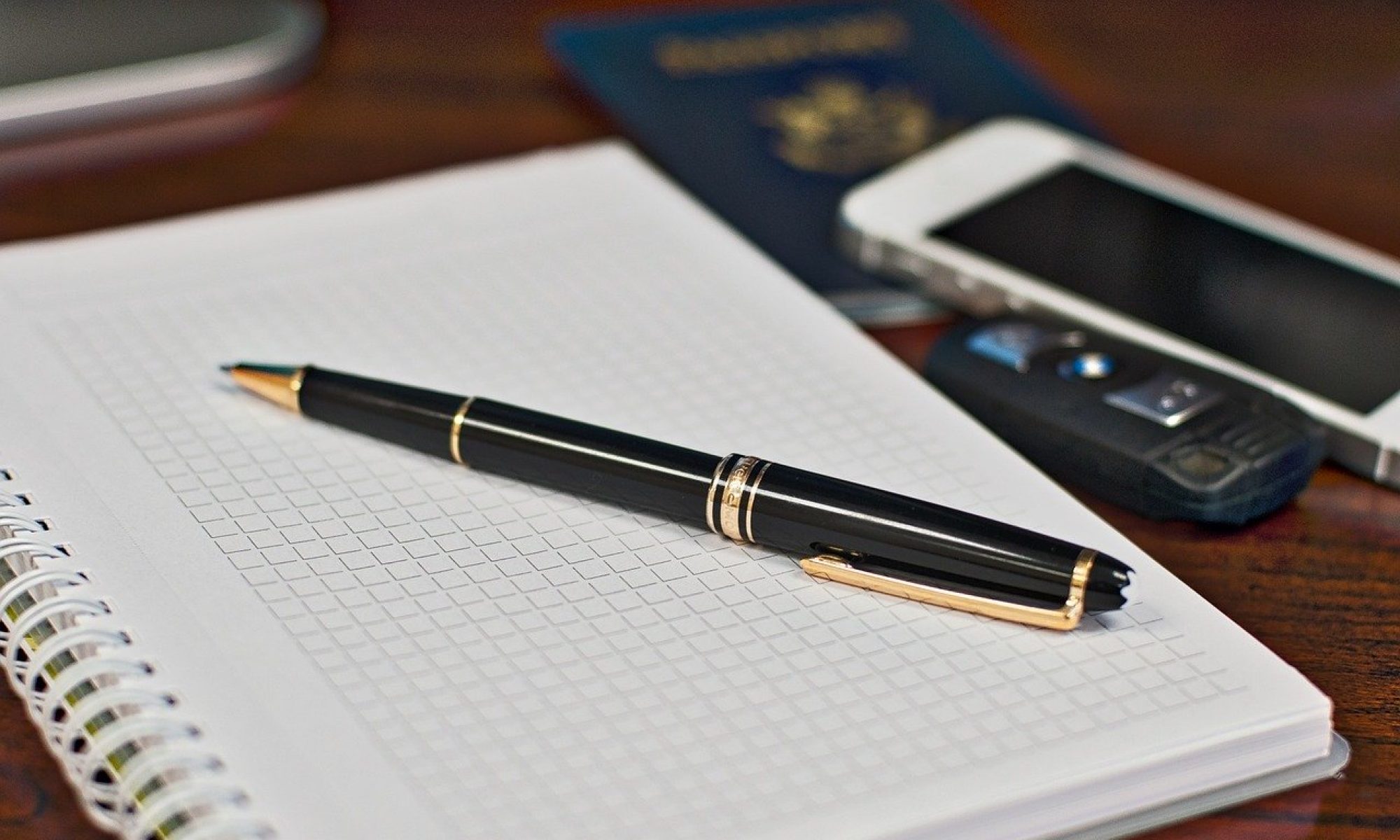Das neuartige Coronavirus breitet sich weltweit rasant aus und bringt den gesamten Alltag durcheinander. Ängste um die eigene Gesundheit und um die Angehörigen herrschen vor, wobei auch der eigene Job in Gefahr gerät, da die Pandemie die Weltwirtschaft im Griff hält.
Konjunkturprognosen der deutschen Wirtschaft
Der Einbruch der deutschen Wirtschaft für die Dauer des Jahres 2020 verläuft vermutlich zwischen fünf und zehn Prozent. Zum Vergleich, während der Finanzkrise sank die Wirtschaft im Jahr 2009 um 5,7 Prozent. Voraussichtlich wird das alte, vorherige Niveau erst in der zweiten Hälfte des Jahres 2022 erneut erreicht. Somit handelt es sich bei der derzeitigen Rezession um die in Deutschland schwerwiegendste des Jahrhunderts.
Das Bruttoinlandsprodukt könnte in diesem Jahr um 6,5 Prozent schrumpfen, wobei 2021 ein Anstieg von 4,9 Prozent erwartet werden kann. Wie bereits erwähnt, wird aber auch das Bruttoinlandsprodukt frühestens 2022 wieder das Niveau von vor der Pandemie erreichen.
Infolge des Coronavirus kommt es ebenfalls zu einem enormen Verlust von Arbeitsplätzen, sodass die Arbeitslosigkeit im nächsten Jahr um mehr als eine Million erhöht werden könnte. Bereits in den nächsten Monaten wird ein Anstieg der Arbeitslosenquote vermutet, der im Jahresverlauf 2021 aber rückläufig sein wird. Trotzdem ist eine größere Entlassungswelle bislang ausgeblieben, da Kurzarbeit den Unternehmen hilft, sich über Wasser zu halten. Daher waren im April dieses Jahres über acht Millionen Menschen von Kurzarbeit betroffen.
Eine deutlich längere Schwächephase der Wirtschaft ist ein mögliches Szenario bei einem erneuten Anstieg der Neuinfektionen, sodass ein W- Verlauf entstehen würde. Das bedeutet es kommt zu einem leichten Wirtschaftswachstum, durch die hohen Infektionszahlen folgt darauf jedoch ein Lockdown und die Wirtschaft braucht länger, um sich zu erholen. Dementsprechend entsteht ein W-förmiger Verlauf der Rezession.
Folgen der Pandemie für die Automobilindustrie
Die Automobilindustrie ist besonders von den Auswirkungen des Coronavirus betroffen, da es weltweit zu einem umfassenden Produktionsstopp in den Autowerken gekommen ist. Mittlerweile wird durch zaghafte Wiederanläufe das zunehmende Ausmaß der Pandemie deutlich.
Insgesamt können sowohl nationale, als auch internationale Einflüsse festgestellt werden. Die erforderlichen Betriebsschließungen, der Nachfrageausfall und die neu einzuhaltenden Sicherheitsabstände, beziehungsweise Gesundheitsstandards erschweren die Arbeit und zählen zu den nationalen Einflüssen auf die Automobilbranche. Besonders zur der Zeit des Lockdowns ist die Produktion eingebrochen. Somit ist die Herstellung im April in Deutschland gegenüber zum März um fast 75 Prozent gesunken. International hingegen entstehen labile Lieferketten, sodass eine Just-in-time Produktion nahezu ausgeschlossen ist. In den letzten Monaten ist der Anteil der üblichen Zulieferungen aus Hochrisikoländern von 40 Prozent auf neun Prozent gefallen. Damit einhergehend sind Störungen in den Wertschöpfungsketten bereits vorprogrammiert und geradezu die deutsche Exportnation ist wie keine andere Volkswirtschaft so stark in internationale Märkte und Wertschöpfungsketten eingebunden.
Einbruch in der Tourismusbranche
Der Tourismus ist ebenfalls stark eingeschränkt und vor allem der internationale Tourismus ist überschaubar. Das liegt unter anderem an den weltweiten Reisewarnungen, die beispielsweise auch von der deutschen Bundesregierung ausgesprochen wurden. Diese signalisieren eindeutig einen Verzicht auf internationale Reisen zum Schutz der Bevölkerung. Weiterhin gelten Quarantänebestimmungen nach der Einreise im Zielland oder bei der Wiedereinreise in das Heimatland und das bedeutet wiederum, dass ein relativ hoher Anteil der eigenen Urlaubszeit geopfert werden muss. Zudem sind internationale Personentransportkapazitäten, besonders im Flugverkehr stark beschränkt, genauso wie Hotelkapazitäten, um die Gesundheit zu bewahren. Das Vermieten von Wohnungen ist teilweise verboten und auch der Zugang zu touristischen Attraktionen, wie zum Beispiel Stränden, Restaurants oder desgleichen sind nur eingeschränkt oder gar nicht möglich.
In Kombination mit der Tourismusbranche ist auch die Luftfahrtindustrie betroffen. Somit hat Lufthansa beispielsweise Staatshilfen angefordert und bei den Herstellern der großen Passagierflugzeuge, im Wesentlichen Airbus und Boeing, sind jeweils 15.000 Arbeitsplätze in Gefahr. Eine Erholung des Flugverkehrs auf Vorkrisenniveau ist frühestens 2023 zu erwarten, daher bestellen derzeit kaum Airlines neue Flugzeuge. Insgesamt warten weltweit rund tausend Passagierflugzeuge darauf, wieder zum Einsatz zu kommen und die Anzahl der Stornierungen übersteigt die Anzahl der Neubestellungen.
Sogar wenn die Produktion wieder hochfährt, bleibt diese in Europa auf etwa 60 Prozent des Vor-Corona-Niveaus. Diese Einschränkungen können zurzeit noch über Kurzarbeit abgefangen werden und einige Wochen oder auch Monate lassen sich überbrücken. Eine dauerhafte Lösung für mehrere Jahre ist dies allerdings nicht. Zudem waren die beiden Marktführenden Hersteller bereits vor der Corona-Pandemie angeschlagen. Boing musste das Desaster der B 737 Max verkraften, da dieser Flugzeugtyp immer noch keine Fluggenehmigung hat und bereits produzierte Flugzeuge nicht ausgeliefert werden dürfen und Airbus hat sich zuvor mit der Produktion des A 380 verkalkuliert. Besonders problematisch ist es in der Herstellerbranche, da Airbus beispielsweise nicht mit Staatshilfen wie bei den Fluggesellschaften geholfen werden kann. Alternativ wird über eine Aufstockung der Fördermittel für ökologische Innovationen nachgedacht, die zur Reduzierung der CO2- Belastung beitragen soll.
Konjunkturpaket der Bundesregierung
Die resultierende Kurzarbeit oder sogar Arbeitslosigkeit führt zu weniger Geld im privaten Haushalt und dementsprechend zu weniger Konsummöglichkeiten. Infolgedessen wird eine geringere Wirtschaftsleistung erzielt. Daher soll mithilfe des Konjunkturpakets der Wirtschaftsaufschwung und die Investitionsbereitschaft angekurbelt werden, sodass 57 Einzelmaßnahmen formuliert wurden, die in zwei Teile aufgeteilt sind. Im ersten Teil, der Konjunktur und Krisenbewältigung, ist unter anderem die Senkung der Mehrwertsteuer für Verbraucher um drei Prozent festgelegt, da diese eine schnelle Wirkung prophezeit und das Konsumverhalten der Bevölkerung stärken kann. Somit kann die Wirtschaftsleistung wieder erhöht werden. Weiterhin gibt es Überbrückungshilfen, die sogenannten Soforthilfen für Unternehmen, die von Juni bis August die Fixkosten erstatten. Zuerst waren diese nur für kleine Unternehmen mit maximal fünf beziehungsweise zehn Mitarbeitern angedacht, allerdings wurde dieses Programm durch die Liquiditätshilfen auf mittelständige Unternehmen ausgeweitet.
Im zweiten Teil geht es um das Zukunftspaket, indem beispielsweise die Kaufprämie für E- Autos festgelegt ist, sowie die nationale Wasserstoffstrategie, die primär zwar nicht notwendig erscheint, allerdings für eine dauerhafte Sicherung der Wirtschaft unerlässlich ist.
Insgesamt bleibt der Verlauf der Wirtschaft zwar von der Entwicklung der Pandemie abhängig, nichtsdestotrotz kann das Konjunkturpaket der Bundesregierung für eine bessere Erholung sorgen.
